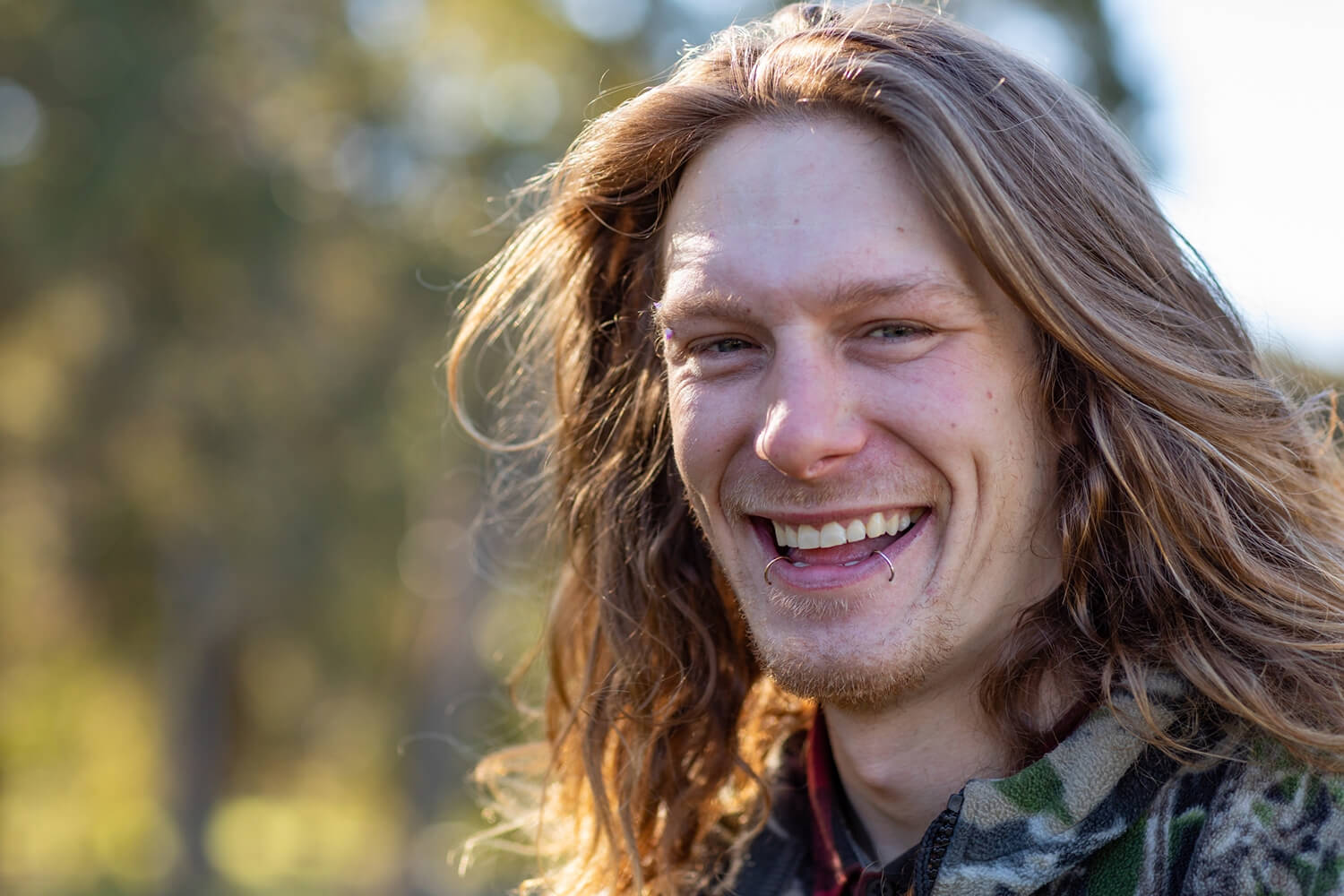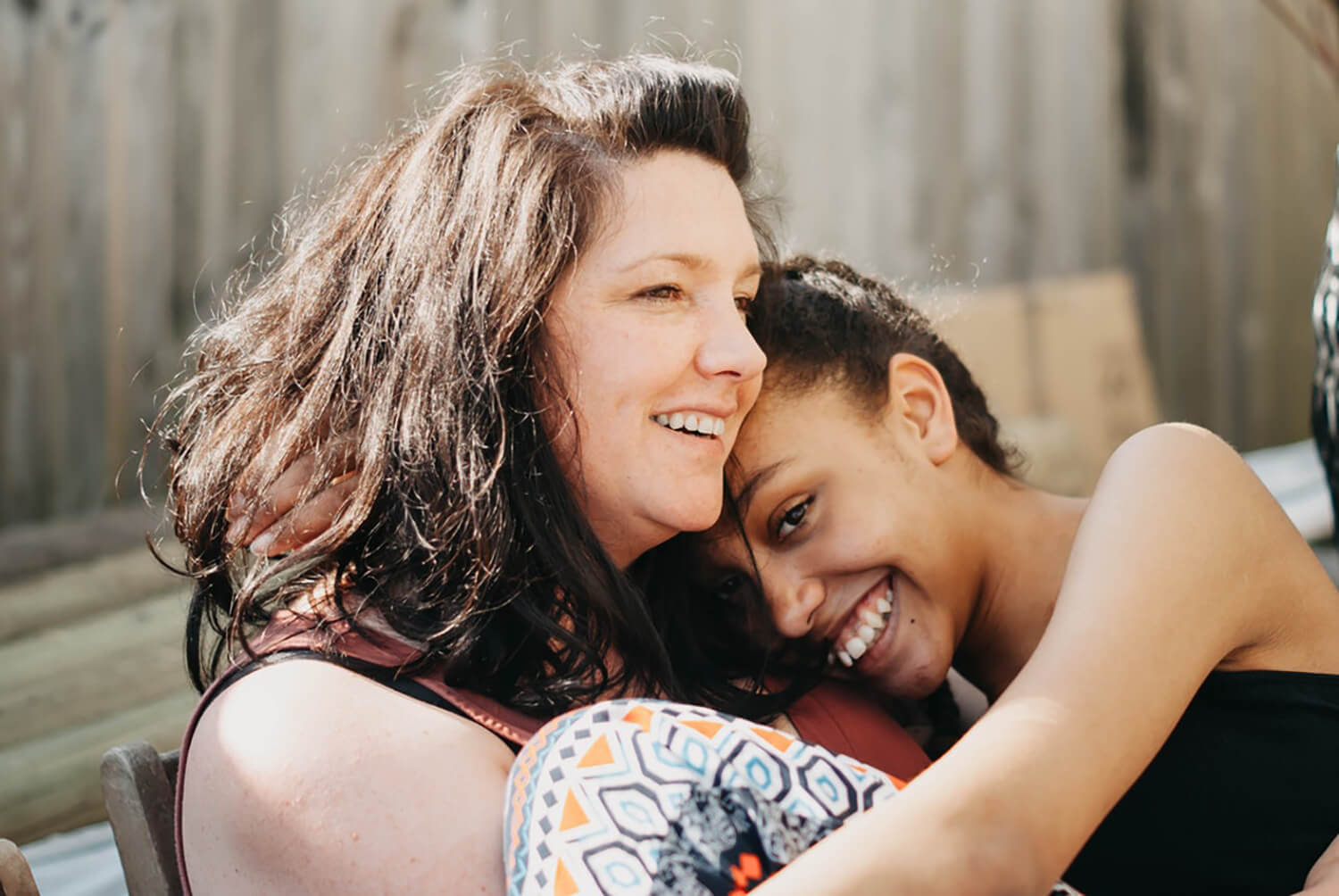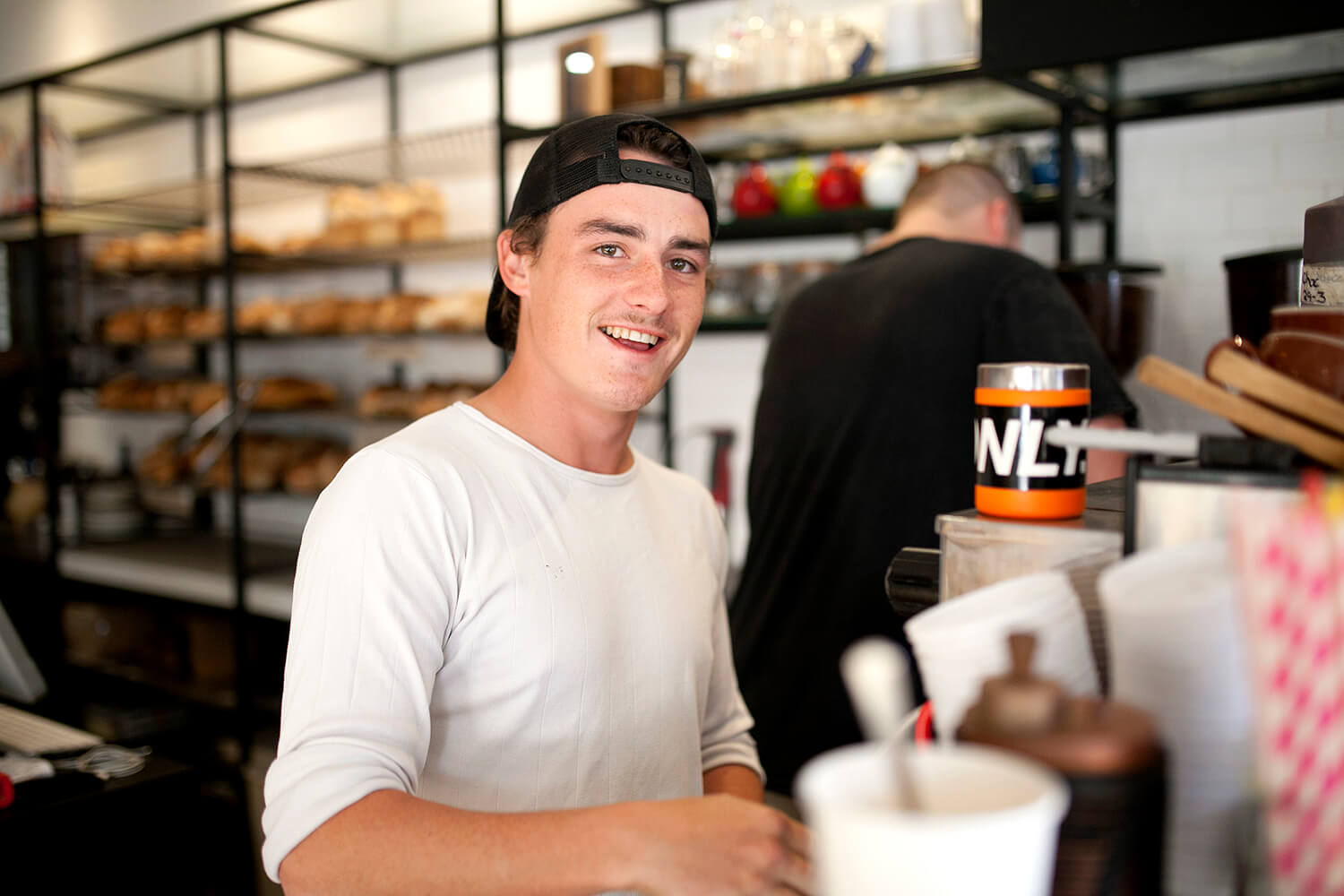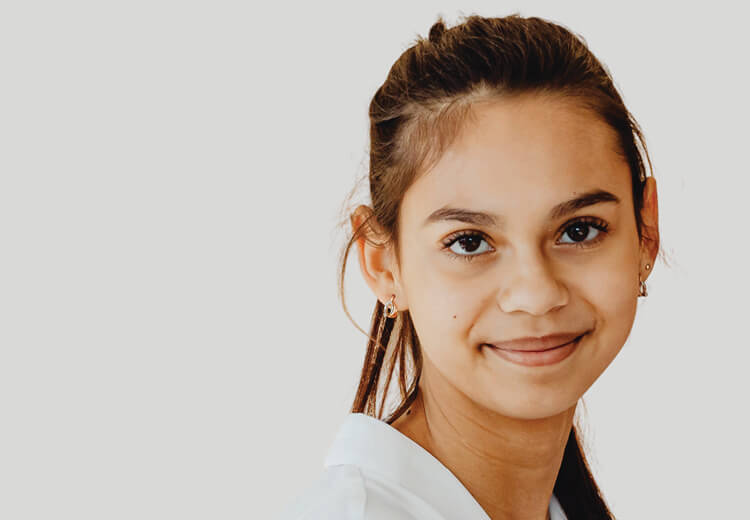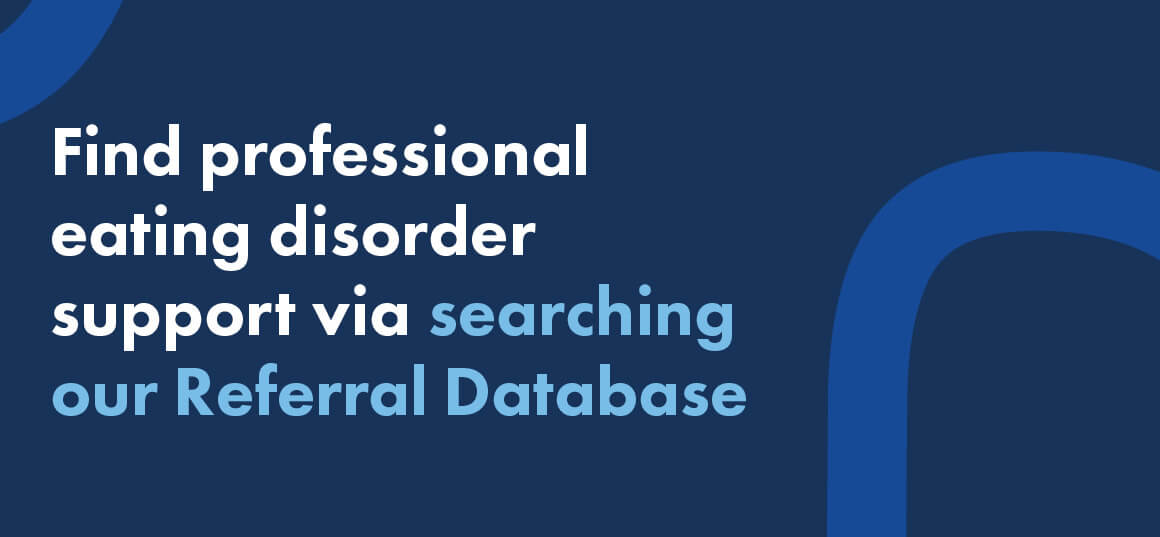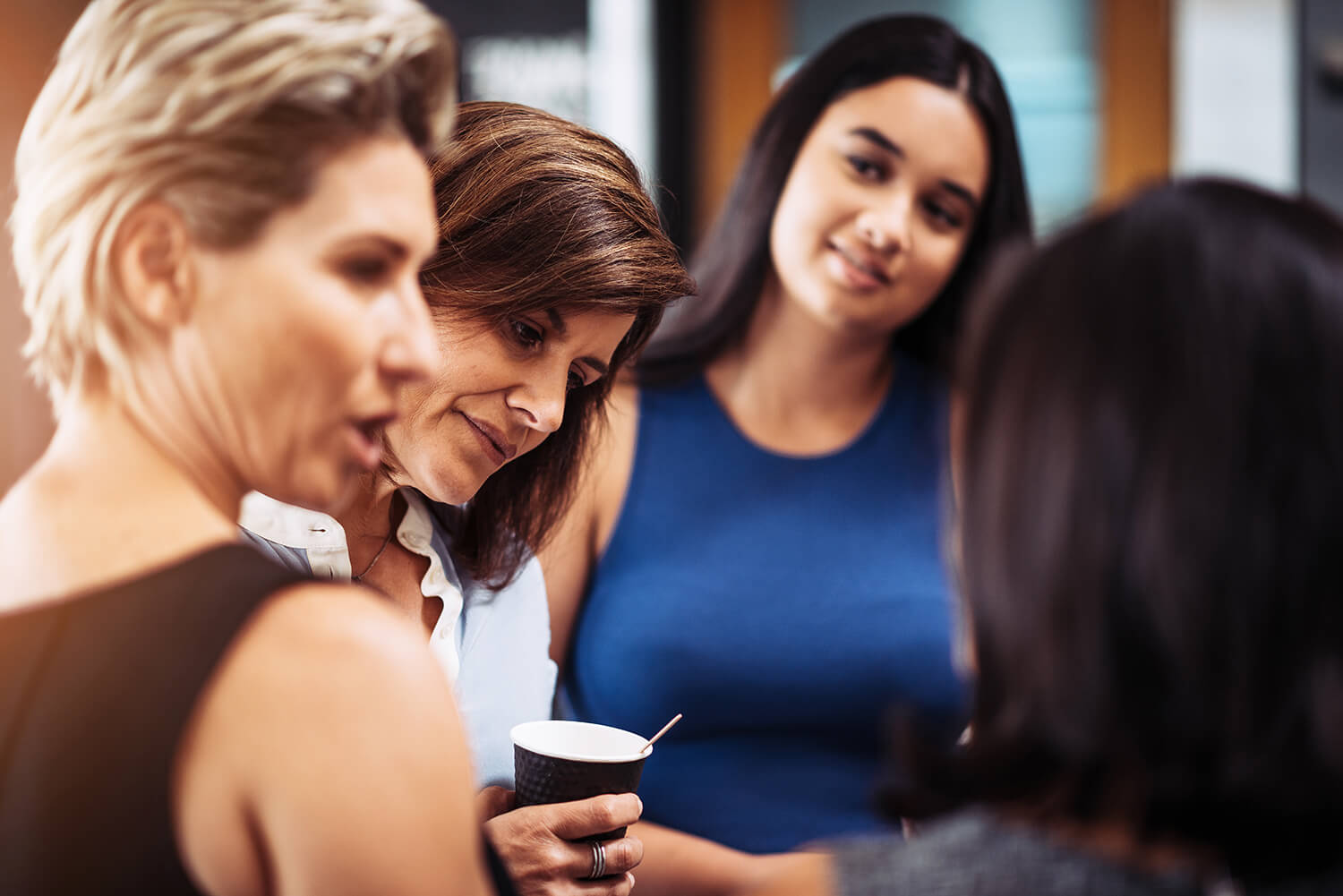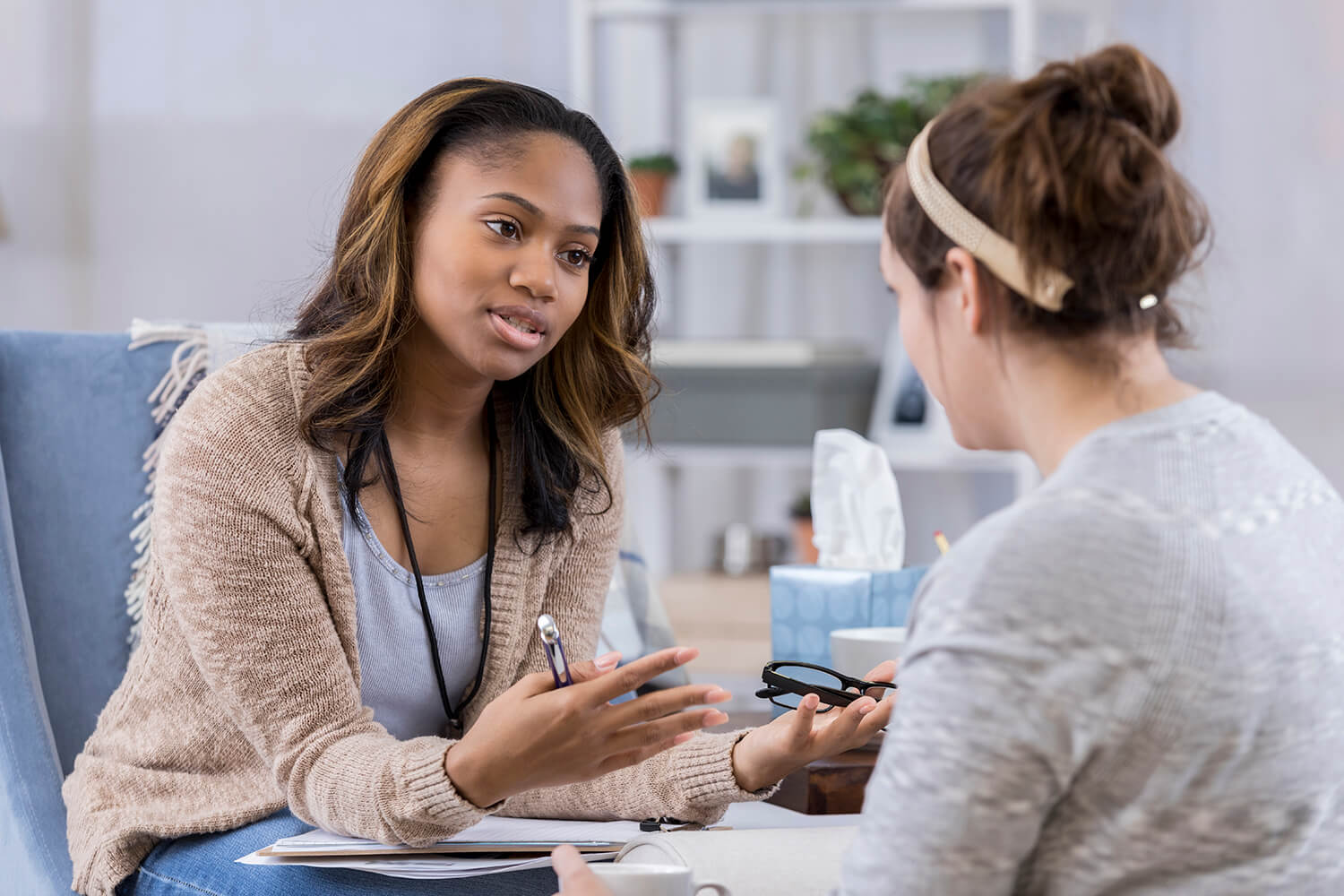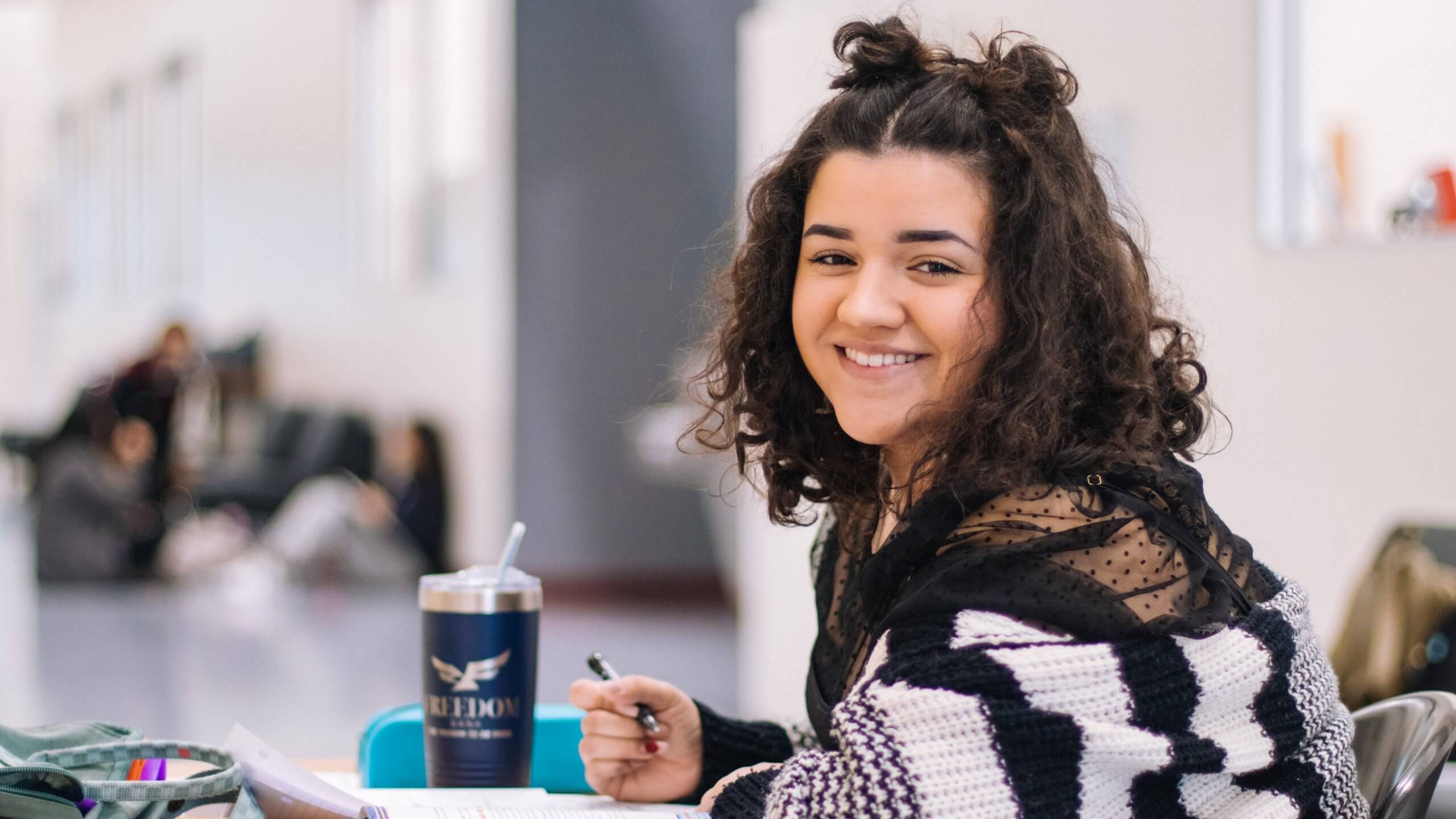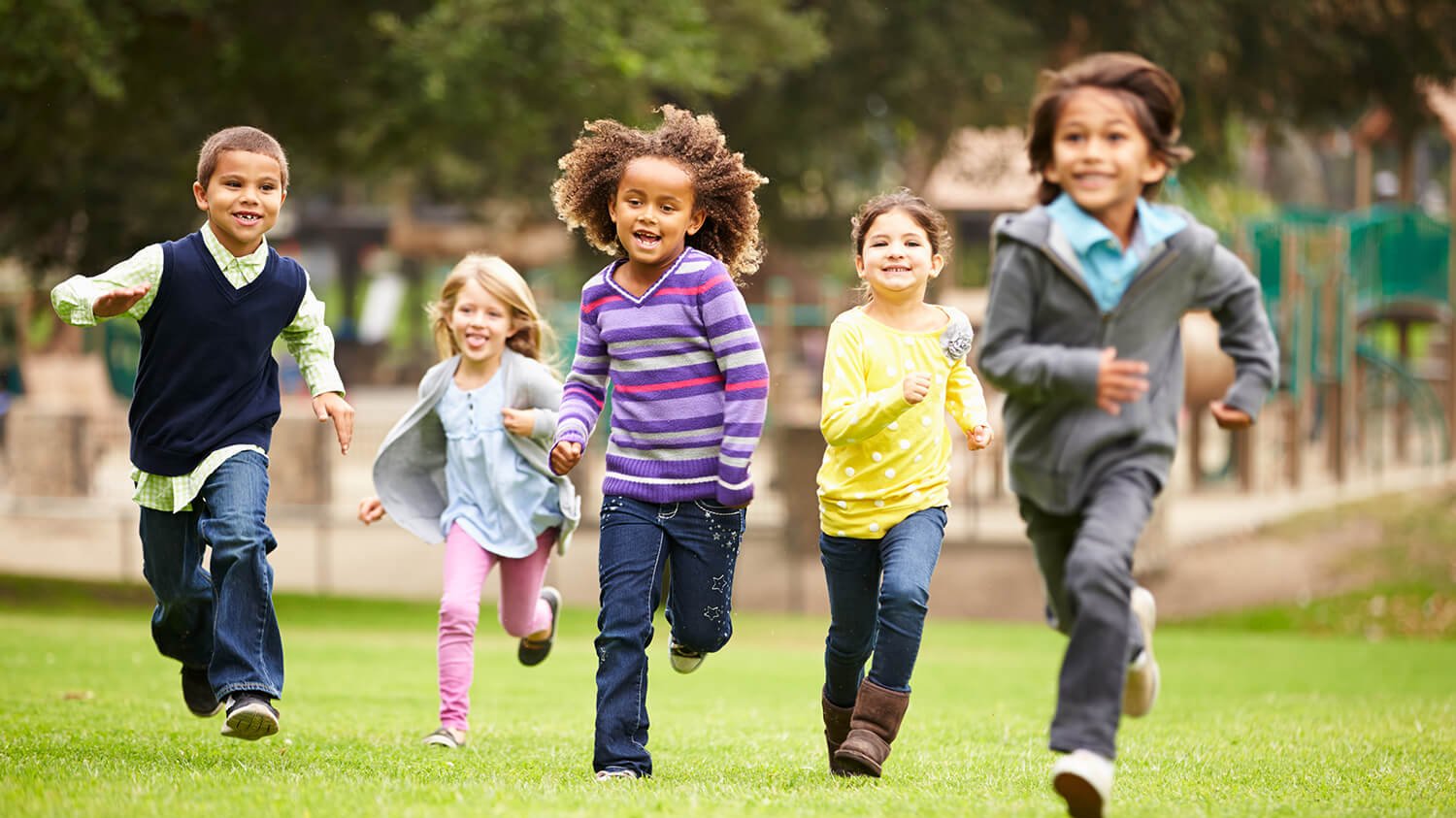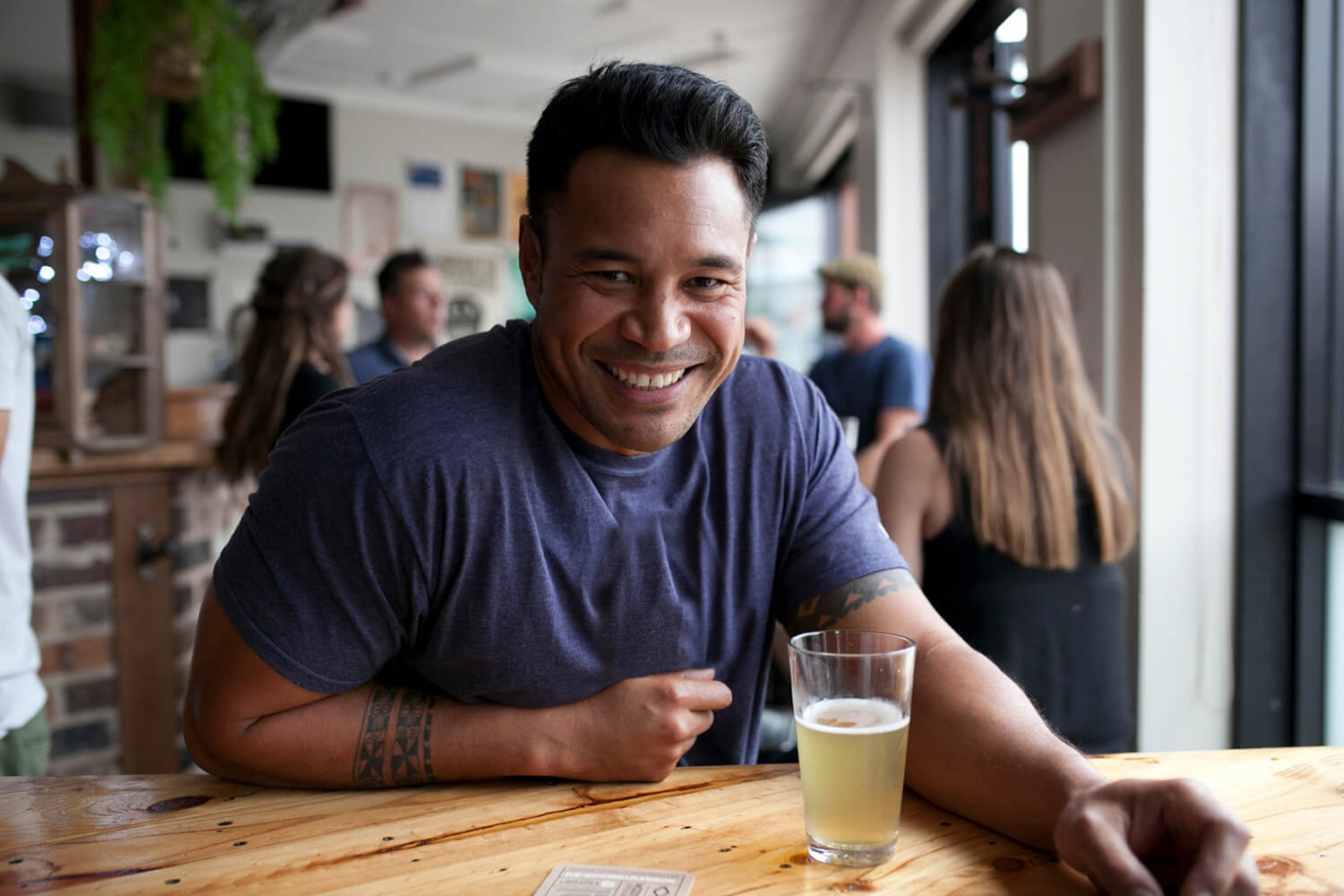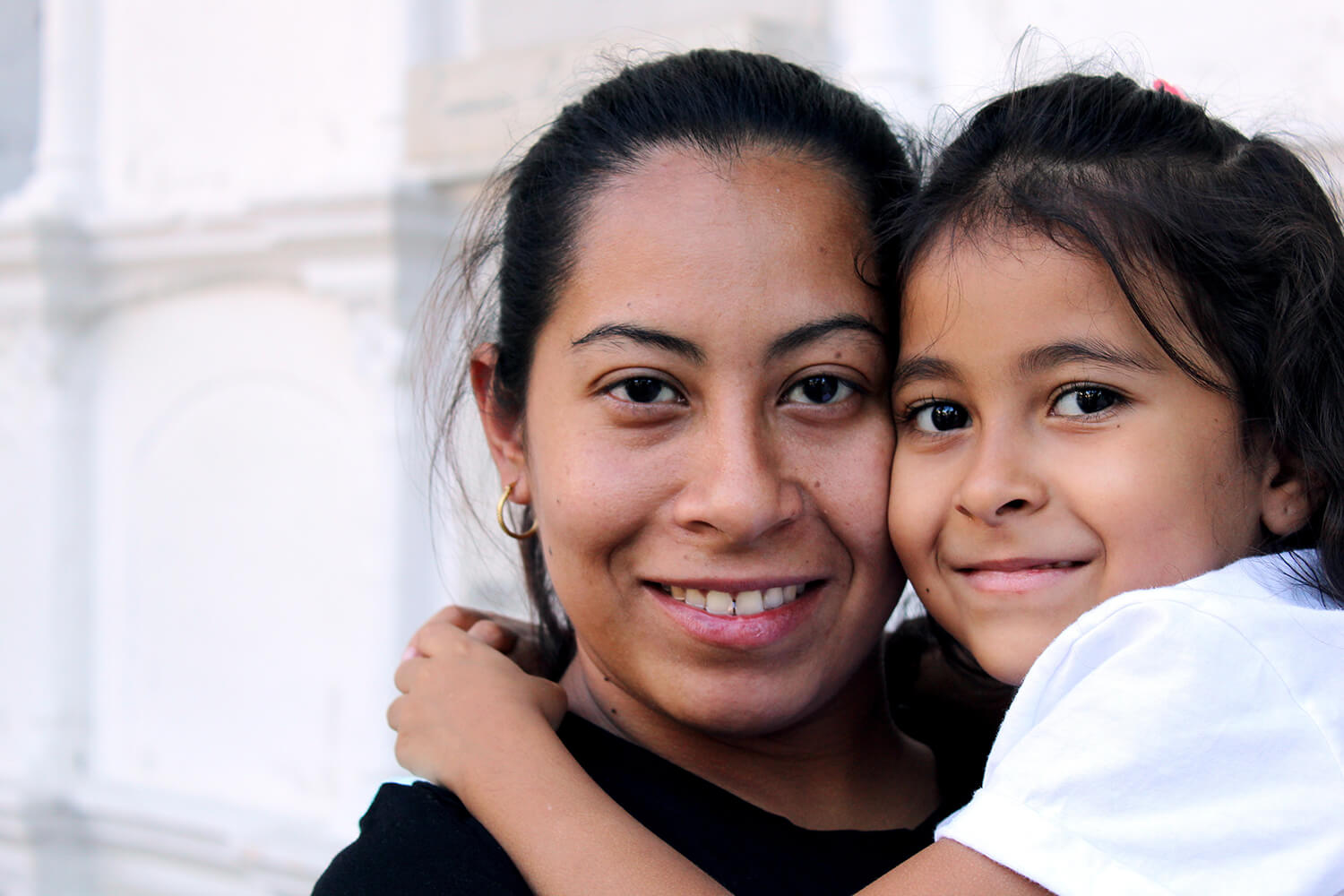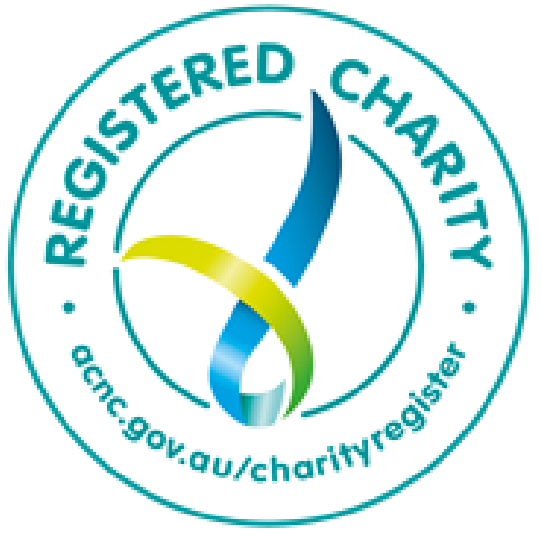In Depth with early childhood body image expert Dr. Steph Damiano
It goes without saying that we want to give our young children the best start in life. We also know from years of research that negative body image can impact almost all their life outcomes – including in relationships, education, and their careers.
So how do we protect our children from developing a negative body image? And when should we start? The answer could shock you.
Dr. Stephanie Damiano is a psychology researcher and an expert in this space.
“We see quite consistently that around the age of three children start to develop some pretty strong weight attitudes and weight stereotypes around bodies,” she says. “They tend to attribute positive characteristics to thin bodies, and negative characteristics to large bodies. Their own body image starts to develop a little bit later, around the age of four.”
Contributing factors to the development of positive or negative body image are biological, psychological, and socio cultural. In the socio-cultural space our kids’ attitudes are shaped by family, the media, and their peers – and this is where adults can influence them.
Dr. Damiano also leads Butterfly’s pioneering Body Bright program that is available free to primary schools. Listen to her chat with Sam about helping young kids establish a positive relationship with their bodies for their future wellbeing and success.
find out more about Butterfly body bright
butterfly body bright – information for families
Sam Ikin 00:08
One of my top priorities is giving my children a childhood they don’t have to recover from, or at least doing the best I can to make that happen. Research tells us that negative body image reduces the quality of life, but when do we need to start thinking about it in relation to our children? How do you help young kids take the path to positive body image? And at what age do we need to start to worry about it? Our guest in this episode has the answers to these questions and some of them will shock you. Welcome, Dr Stephanie Damiano.
Stephanie Damiano 00:40
Thanks, Sam, nice to be chatting with you today. I am a research psychologist with a specific interest in children’s body image and I hold an honorary Research Fellow position at Latrobe University in Melbourne.
Sam Ikin 00:55
How did you end up doing this? What was it that drove you to want to find out what makes kids tick?
Stephanie Damiano 01:01
So towards the end of my PhD, I started working with a leading researcher in the body dissatisfaction and eating disorder prevention space. And the work was largely around understanding how children develop their body image and all the related factors with that. And I guess it really fueled a desire for me to want to make a difference to how the next generation are growing up in their body and how they’re feeling about their body.
Sam Ikin 01:31
What age do kids start to realise or develop a body image and internal idea of what their body is like.
Stephanie Damiano 01:39
So it’s thought that around the age of four is when they start to get a sense of their body image. So I think parents and educators are probably aware of when they sort of see a shift in children where they might start noticing themselves a bit more in the mirror or thinking that they look nice, or just show a bit more interest in how they look. So importantly, body image isn’t always the negative. So we don’t have to be thinking, oh, gosh, they feeling negatively about themselves at this point, but it’s just sort of comes through, I guess it’s a bit more of a almost like a pride in their appearance, they just start to show a different interest. What we also tend to see around this age and a little bit earlier, particularly in the research, we see quite consistently that around the age of three children start to, or they can start to develop some pretty strong weight attitudes and weight stereotypes around bodies. And the way that tends to look is that they attribute positive characteristics to thin bodies, and negative characteristics to large bodies. And that’s already starting to form in those sort of early childhood years. So they’re they’re sort of broader attitudes, but then their own body image starts to develop around that, but a little bit later around the age of four.
Sam Ikin 03:04
My impulse here is to want to say, “Oh, my God, that’s That’s shocking. That’s horrific,” but I’m guessing this is part of the development of a kid and it’s neither positive nor negative at this age. I mean, is that correct? Is this thing that kids kind of have to go through?
Stephanie Damiano 03:21
So in terms of developing their body image, I’d say that’s correct. So we know that body image isn’t necessarily always negative. So there’s positive feelings towards the body as well. And so that tends to be the first thing that starts to develop in children. When it comes to weight attitudes, though, and in particular, those weight stereotypes that can be more of a problem, not necessarily immediately at that age, but it can increase over time. And so where the risk with that lies is that that can impact how they treat other children or other people. So that’s where we might see things like appearance teasing happening, for and that children in a large body are more at risk of this, and the research shows that, but then also for these children, if they internalise those weight stereotypes, so they use that as a benchmark to judge their own body, as their bodies grow and change, then they’re more likely to experience body dissatisfaction if they hold those weight stereotypes for themselves.
Sam Ikin 04:32
And what age are we talking about, then when when people start to develop kind of attitudes towards it rather than just it being an awareness?
Stephanie Damiano 04:41
There’s research that suggests that around the age of six can be a time where body dissatisfaction can start to develop and what we tend to see is that in girls, this tends to play out as a desire to want to be thinner than they are and for boys, it tends to be a desire to want to be more muscular than they are. And we see that that can then sort of increase, you know, throughout their childhood years those, I guess, that body dissatisfaction.
Sam Ikin 05:20
it’s so young, though. What are the factors that cause these kind of attitudes.
Stephanie Damiano 05:26
So there’s a whole range of factors that can influence a child’s body image. And there’s a whole range of I guess, biological, psychological, and socio cultural factors that contribute. And some of those, particularly the socio cultural factors are things that we can try to work to modify and change the way that they impact a child’s body image. So when we consider sort of socio cultural factors, the three main ones are peers media and family. And so, as I touched on earlier with peers, where they can have an impact is around that appearance, teasing. So what’s happening within a peer group? What sort of comments are going on around appearance? But also in friendship groups? It’s how are they talking about bodies? How are they talking about food? How are they engaging with food together, we sometimes hear about things around like diet clubs, and you know, those sorts of unhelpful behaviours. And then a way that we can sort of, I guess, target that peer influence is within the school environment most often. So that’s why at Butterfly, we have a lot of education programmes that schools can implement to shift that peer environment. But then the other big one is media. So I think we all know that media often presents very unrealistic and unattainable appearance ideals, and we see a lot of weight stigma and weight stigmatising messages coming through media and children’s media is not exempt from this. Some of our favourite TV shows that children are watching all the time, from a really young age have some of those really subliminal messages around weight and shape and food.
Sam Ikin 07:09
What sort of shows? I have kids of like all different ages, and the youngest one is just starting to watch Play School. I feel like that’s pretty safe.
Stephanie Damiano 07:16
I feel like Play School is pretty safe. They they like to, they’d probably do pretty good with diversity in general and I think their approach is generally pretty good. I’m not sure if I’m allowed to name and shame on any particular shows, there just tends to be in in children’s media, what we tend to see is that there’s usually you know, the hero to the story is often pretty and clever, and or handsome and so they sort of fit this stereotype. And what we tend to see is that a villain has some sort of appearance, visual difference, whether that be a scar, or some sort of mark or something that that makes them visually different or we tend to see them in a larger body. And then there’s also this kind of, I guess, character that we tend to see when sort of the dopey funny sort of character, often sidekick character is in a larger body, and they tend to sometimes be a bit gluttonous or something like that. And so what it does is it creates this, I guess, commentary around how bodies are related to a person’s characteristics when we know that that’s not the case, because we know that people exist in all different body shapes and sizes and can be and do whatever they want in that body. So we tend to see a lot of those messages come through in children’s media.
Sam Ikin 08:57
I can think of so many that like, I can’t think of any that don’t fit that. Well. I mean, there’s a few there are, and there are definitely a few that are coming through that are drying, to not send those messages and I think they’re doing quite a good job. It would be good if we had like, you know how there’s the Bechtel Test for women in movies and things like that, it would be good if we had something that was that simple for kids body imaging shows, but that’s a whole nother PhD, I reckon.
Stephanie Damiano 09:20
I think so. And it’s also around how food and eating is conveyed in a lot of children’s media as well. So there tends to be, there’s one show that I love my kids watching, but there is often a commentary around, you know, oh, we shouldn’t be eating ice cream, there’s too much sugar in that or, you know, we need to sort of work that off. And it’s and I think a lot of those messages get put into children’s media to appeal to parents and adults that are watching that with children. But I think when we take a look at like overall in all the messages that children are exposed to, over time it starts to create, I guess, a dialogue and a thinking pattern around, you know, we’ll these foods are good and those foods are bad. And, you know, we need to compensate when we’re eating, you know, those bad foods or unhealthy foods? Or how all that sort of dialogue around it.
Sam Ikin 10:19
When does this become a problem for kids? You’ve got this body image and awareness of your body is unique, and it’s yours and you know, different, it’s different to other kids. When does that become a problem?
Stephanie Damiano 10:30
It can become a problem really, at any age. So we know that anyone at any age in anybody of any gender can experience body dissatisfaction. When we look to the research, we see that pretty consistently about 50% of pre adolescent girls are reporting body dissatisfaction. So that’s sort of the age eight to eleven. But we did a study, we did a survey in our development of Butterfly Body Bright, and it was with adults who had a lived experience of developing body image and or eating concerns during their primary school years. And what that showed was that about 35%, reported body image concerns starting at the age of five to six.
Sam Ikin 11:17
The programme that Steph just mentioned Butterfly Body Bright, that’s one that she is managing for Butterfly Foundation. It’s a primary school based programme, and it aims to promote healthy attitudes and behaviours towards the body eating and physical activity in children. So they can thrive both at school and then in life. The Body Bright curriculum is evidence based, and it’s mapped to health and physical education curriculums, and primary schools can register for free. And I’ll put more details about that in the show notes. What does body dissatisfaction look like in young boys and girls?
Stephanie Damiano 11:51
When we sort of think about when to sort of be concerned and what to look out for, I think it’s looking for changes. So is a child suddenly experiencing feelings of body dissatisfaction more? So, are they wishing that they looked like somebody else more? Are they looking at themselves in the mirror with a bit more critique? Are they attaching their self worth or their value to their body shape, size, or the way that they look? So they more frequently thinking about or commenting on food or eating, or body weight or shape or size? And then I think like I guess a really big red flag would be are they talking about or actively wanting to change either their eating habits are their physical activity, or their body in some way?
Sam Ikin 12:46
For me, the idea of success as a parent is that you give the kids a childhood that they don’t have to recover from. For me, that’s my driving force I think behind how I want to raise my kids. What can adults do to help develop a positive body image in kids? And I guess it’s something we have to start doing really early?
Stephanie Damiano 13:11
Yeah, absolutely. And there are so many different things that adults can do to support a child’s body image, I probably want to touch on three of the sort of big overarching ones. Firstly, it’s about role modelling. So role modelling is really important. And by that, I mean the language that adults use around bodies is so important. So we want adults to try to avoid speaking negatively about bodies. Their own body, and that of the people around them. So don’t criticise the person walking down the street, don’t criticise yourself in the mirror, because children take that on, they see that instead of saying something like, “Oh, I’m going to the gym to try to lose weight,” try saying something like “I’m going to the gym to help my heart be healthy, or to stretch out my muscles.” Instead of saying “I’m going to go for a walk to work off the donut I just ate,” try saying “Let’s go for a walk to enjoy some sunshine,” if you’re lucky enough to have sunshine on that day. And then thinking about the language that you’re using around food and eating as well. So try not to refer to things that are you know, good for us or bad for us. Secondly, I think it’s being mindful of how you talk to a child about their body and their eating. So we want to avoid teasing about appearance. And we know that you know within families, there’s often those, you know, things that are meant with affection a lot of the time but they’re often comments about a body that stick with a person I think, I don’t think I’ve ever met anyone who can’t remember a comment that they received about the body growing up that has stuck with them, whether it be good or bad, but I think everyone sort of has something that they remember somebody saying about their appearance at some point. Um, and I think also, it’s avoiding things like, you know, when they’re eating, if they go, if you eat more of that you’re going to get fat or ever encouraging a child to lose weight, we never want to encourage children to go on a diet, unless, of course, there’s, you know, intolerances or something that’s affecting them health wise. And then I think another key one is about avoiding comparing their body to others. So we see this a lot amongst siblings, peers, cousins, that can be really harmful. And then I think the third one, so the sort of third big one would be helping a child to appreciate that they are more than their body and how it looks. So help them to celebrate who they are as a person, what are their strengths, what are their interests, what makes them unique and special and also helping them to appreciate what their body allows them to do for them. So it might be something as simple as my eyes helped me see, you know, beautiful flowers at the park today, or I love that my body allows me to give you a big hug. So it’s having those sorts of conversations with children. We’ve certainly got more tips within your body, right families resources, but they would sort of be the top three, kind of main things that I think adults can do.
Sam Ikin 16:20
Yeah, well, I’ll definitely put a link to those resources in the show notes as well. So please have a look at the show notes and check those out. Your attitude towards diverse bodies in other people, often is directed right back, I can remember walking through a big department shop a while ago, and I looked across, you know, across the the level, and I saw this person looking back at me, I’m like, my initial thing was to judge this person entirely on how they look. And then I realised that I was in this place, and all of the walls were mirrors and so I’ve internally fat shamed myself for looking at myself in the mirror. Despite all of this work that I’ve done, I still have this prejudice against people who look exactly the way I do. So what can adults do for kids at a young age to help them to accept others, I suppose, and accept that, that there is nothing wrong with people who look different to them.
Stephanie Damiano 17:16
Yeah, absolutely. And it’s so challenging weight stigma is one of the biggest challenges that we face in this space, because there’s so much ingrained thinking around it and it’s really difficult to shift. But I think what we can help children do is to celebrate diversity. So from a really young age, we want them to celebrate diversity and everything in the way that people look the things that people like, the things that bodies can do. So I think that that would be a really important point is about helping them to show respect to anybody in anybody. So that we try not to make judgments about people based on how they look.
Sam Ikin 18:02
It is I guess, I mean, more specifically, are there any things that you help with parents or help kids do that you would be able to share with us in terms of acceptance?
Stephanie Damiano 18:15
I think, again, it comes down to language. So it’s around, you know, we often hear from parents that concern of all what do I say if my child points out somebody in the street that has, you know, really bright hair? Or is in a larger body? Or like, how do we deal with that? And I always go back to the idea of just saying, “Yeah, that’s their body, and their body is different to your body, and your body is different to my body, and all bodies are different.” And that’s okay. “I wonder what they’re doing today.” Or “I wonder, you know, what that person likes to do,” or sort of shifting that attention around, that that person’s appearance is the most important thing about them?
Sam Ikin 18:56
I think that’s a pretty good place to start with that kind of thing. As a parent, what should we be looking for, before we start to get concerned about a child’s developing body image.
Stephanie Damiano 19:08
So I think aside from some of those other things I mentioned earlier in relation to looking for changes in how they talk about bodies and stuff, but I think ensuring that if a child is starting to talk in that way, listening to them and really acknowledging what they’re feeling, so not just dismissing it and saying, oh, but you’re beautiful, and you’ve got nothing to worry about or making comments like that. So it might be saying something like, “I’m sorry that you feel that way about your body.” And then you might want to find out more. So it might be saying something like, “I’m interested to understand why you’re thinking or feeling that,” so that you can gain a better understanding of what might be going on. I think particularly for young children, those really sort of early childhood years. Sometimes kids will just say things, they’re repeating things that they’ve heard. So you want to sort of be clear that what they’re saying is not just something that they’ve heard, but it’s something that they are thinking or feeling for themselves. You know, it might be the case that there is some form of appearance, teasing going on, which you would want to address. And I think in that case, you always want to make it really clear to a child that the teasing is the problem, not the body. Yeah. So the body doesn’t need to change the teasing behaviour is what needs to change.
Sam Ikin 20:29
It’s the fact it has decided they want to have a go at you about anything. It’s not necessarily about the thing that they’ve chosen.
Stephanie Damiano 20:38
Not and that’s the thing. And I think kids, they have a tendency to just comment on anything that’s different to them. So it’s, and it’s not always necessarily meant with, you know, malicious intent, but they just noticed that something’s different and that’s like, oh, that’s different to me and I’m going to comment on that. So I think it’s about trying to help children build a resilience to that to say, well, people are going to say all sorts of things, but that doesn’t mean that that’s the way you are or that doesn’t mean that you need to take that on. And so I think then, like obviously, for a parent or guardian, if they are concerned, reach out for support and intervention as early as possible. We know that early intervention can really help to redirect a young person’s journey with their body. So you know, reaching out to a trusted GP or paediatrician, obviously, the Butterfly Helpline, but then also for for teachers, or educators, or sports coaches, or anyone who’s working with young people, if you start to have concerns about a child that you work with, raise those concerns with a parent or guardian as soon as possible and privately, not with the child around.
Sam Ikin 21:54
We’re becoming more and more aware of kids who are different, who don’t conform with the norm. How does that affect body image because I guess it is specifically related to their bodies.
Stephanie Damiano 22:07
Yeah, so we know that I guess any child or person who feels that they don’t fit the the ideals in society, those those, you know, typical appearance ideals, they’re at a greater risk of body dissatisfaction and particularly when we look at gender identity, for those that don’t fit that, that binary, they can also be at an increased risk. So we don’t have a lot of research in this space in relation to children. But there is some emerging evidence that suggests that children whose identity is different to their birth assigned sex are more likely to experience body dissatisfaction. And it tends to be related to that dissonance between how they see themselves in their gender, and their anatomy. And that can then impact their overall experience and then what they may face. There’s certainly a lot more to learn in this space. And particularly if we look at the growing research in older groups, we can see that different body ideals exist within different groups in the LGBTIQ+ community. And so we don’t know yet how that potentially plays out throughout childhood because we don’t have enough of the evidence yet, but we do know that they are likely to be at an increased risk of body dissatisfaction.
Sam Ikin 23:33
Awesome Steph, thank you so much for that. Appreciate it.
Stephanie Damiano 23:36
Thanks so much, Sam. I really appreciate you having a chat today.
Sam Ikin 23:40
If you’re interested in finding out more about Stef’s work, there’s a link to the Body Bright programme in the show notes. You can find the show notes in the app that you’re using to listen to this podcast right now. Just scroll to the bottom and we’ve got all the links down there. If you need support right now the best place to start is the Butterfly National Helpline on 1800 33 46 73 Or 1800 ED HOPE. I’m Sam Ikin. you can find out more about me and what I do at ikinmedia.au. Until next time, thanks for your company.




